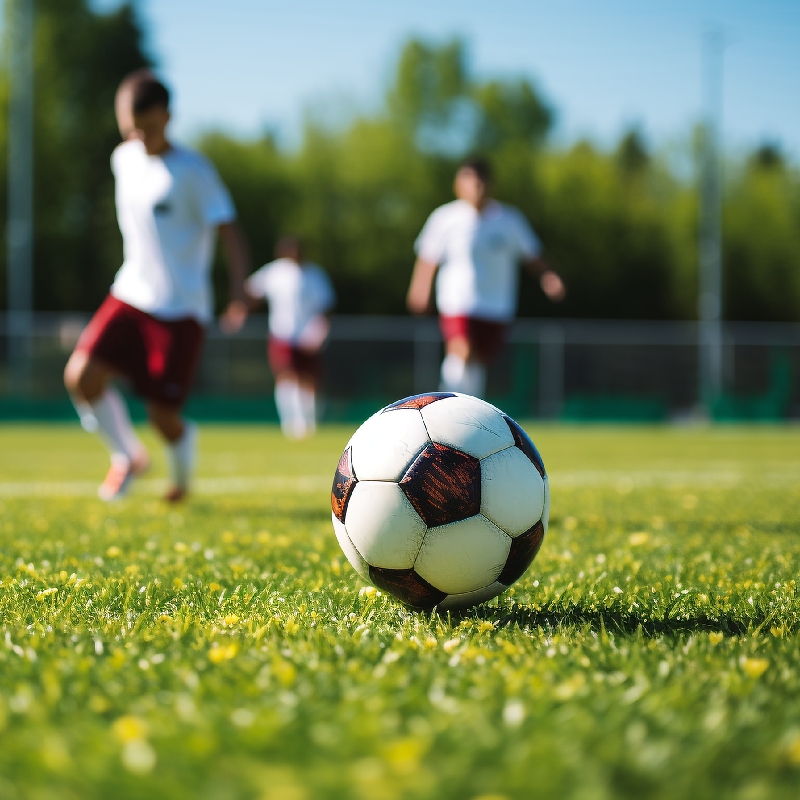
- Afrikaans
- Arabic
- Belarusian
- Bengali
- Czech
- Danish
- Dutch
- English
- Esperanto
- Estonian
- Finnish
- French
- German
- Greek
- Hindi
- Hungarian
- Icelandic
- Indonesian
- irish
- Italian
- Japanese
- kazakh
- Rwandese
- Korean
- Kyrgyz
- Lao
- Latin
- Latvian
- Malay
- Mongolian
- Myanmar
- Norwegian
- Persian
- Polish
- Portuguese
- Romanian
- Russian
- Serbian
- Spanish
- Swedish
- Tagalog
- Tajik
- Thai
- Turkish
- Turkmen
- Ukrainian
- Urdu
- Uighur
- Uzbek
- Vietnamese
Choosing Between Natural and Synthetic Turf for Your Outdoor Space
Oct . 12, 2024 23:30 Back to list
Real vs. Artificial Grass A Comprehensive Comparison
When it comes to landscaping, the choice between real and artificial grass often sparks a heated debate. On one hand, natural grass embodies the essence of nature, providing an authentic outdoor experience. On the other, artificial grass offers a low-maintenance alternative that has gained popularity in recent years. This article delves into the advantages and disadvantages of both options, helping homeowners make an informed decision.
Natural Grass The Benefits
1. Ecological Advantages Real grass plays a crucial role in the ecosystem. It helps reduce carbon dioxide levels, releases oxygen, and provides habitat for various wildlife species. Additionally, grass can help with soil erosion, improving the health of the local environment.
2. Aesthetic Value There’s no denying the visual appeal of a lush, green lawn. Natural grass tends to have a rich color and texture that artificial alternatives struggle to replicate. Its organic quality provides a soft, inviting appearance that enhances the overall beauty of a property.
3. Cooling Properties Natural grass has a natural cooling effect, making outdoor spaces more pleasant during hot weather. This cooling effect is particularly beneficial in urban areas where heat islands can significantly raise temperatures.
4. Health Benefits Grass promotes physical activity and encourages outdoor play. Children and pets are more likely to engage in activities on a soft, natural surface. Furthermore, being outdoors has numerous mental health benefits, contributing to overall well-being.
The Downsides of Natural Grass
1. Maintenance Requirements Natural grass demands regular upkeep, including mowing, watering, fertilizing, and pest control. This can be time-consuming and labor-intensive, particularly in regions with extreme weather conditions.
2. Water Dependency Grass lawns require substantial amounts of water, especially in arid climates. This can lead to increased water bills and is not sustainable in areas facing water shortages.
3. Susceptible to Pests and Diseases Natural grass can suffer from various pests and diseases that may require chemical treatments. This can not only affect the health of the grass itself but also the surrounding ecosystem.
real artificial grass

Artificial Grass The Benefits
1. Low Maintenance One of the most significant advantages of artificial grass is its low maintenance requirements. Unlike natural grass, it does not require mowing, watering, or fertilizing. A simple rinse or brushing is often enough to keep it looking fresh.
2. Water Conservation Artificial grass does not rely on water, making it an eco-friendly option, especially in drought-prone areas. Homeowners can significantly reduce their water usage while maintaining a green landscape.
3. Durability High-quality artificial grass can withstand heavy foot traffic and extreme weather conditions without becoming damaged or worn. This durability makes it an excellent choice for sports fields, playgrounds, and busy residential areas.
4. Year-Round Greenery Artificial grass maintains its color and texture throughout the year, regardless of the season. Homeowners can enjoy a consistently lush lawn without the seasonal changes that affect natural grass.
The Downsides of Artificial Grass
1. Environmental Impact Although artificial grass saves water, its production and disposal can have significant environmental consequences. Most artificial turf is made from plastic materials, which are petroleum-based and can contribute to pollution and waste in landfills.
2. Heat Absorption Artificial grass can trap heat, making it uncomfortably hot underfoot, especially in sunny weather. This can deter outdoor activities and create an unpleasant environment for pets and children.
3. Initial Cost The upfront cost of purchasing and installing artificial grass can be considerably higher than that of natural grass. However, it is essential to consider long-term savings on maintenance and water bills.
Making the Choice
The decision between real and artificial grass ultimately comes down to individual preferences, environmental considerations, and lifestyle needs. Homeowners should weigh the pros and cons of each option and consider factors such as local climate, ecological impact, and maintenance capabilities. Whether opting for the authenticity of natural grass or the convenience of artificial turf, both choices can yield beautiful landscapes that enhance outdoor living spaces.
-
The Benefits of Artificial Turf for Indoors
NewsJul.15,2025
-
How Artificial Grass Suppliers Ensure Quality Products
NewsJul.15,2025
-
Artificial Grass and Pets: A Space for Relaxation
NewsJul.08,2025
-
Balcony & Outdoor Decoration with Artificial Grass
NewsJul.08,2025
-
Best Indoor Artificial Grass for Home
NewsJul.07,2025
-
Best Pet Turf for Dogs: Safe & Durable Artificial Grass Options
NewsJul.07,2025
Products categories









